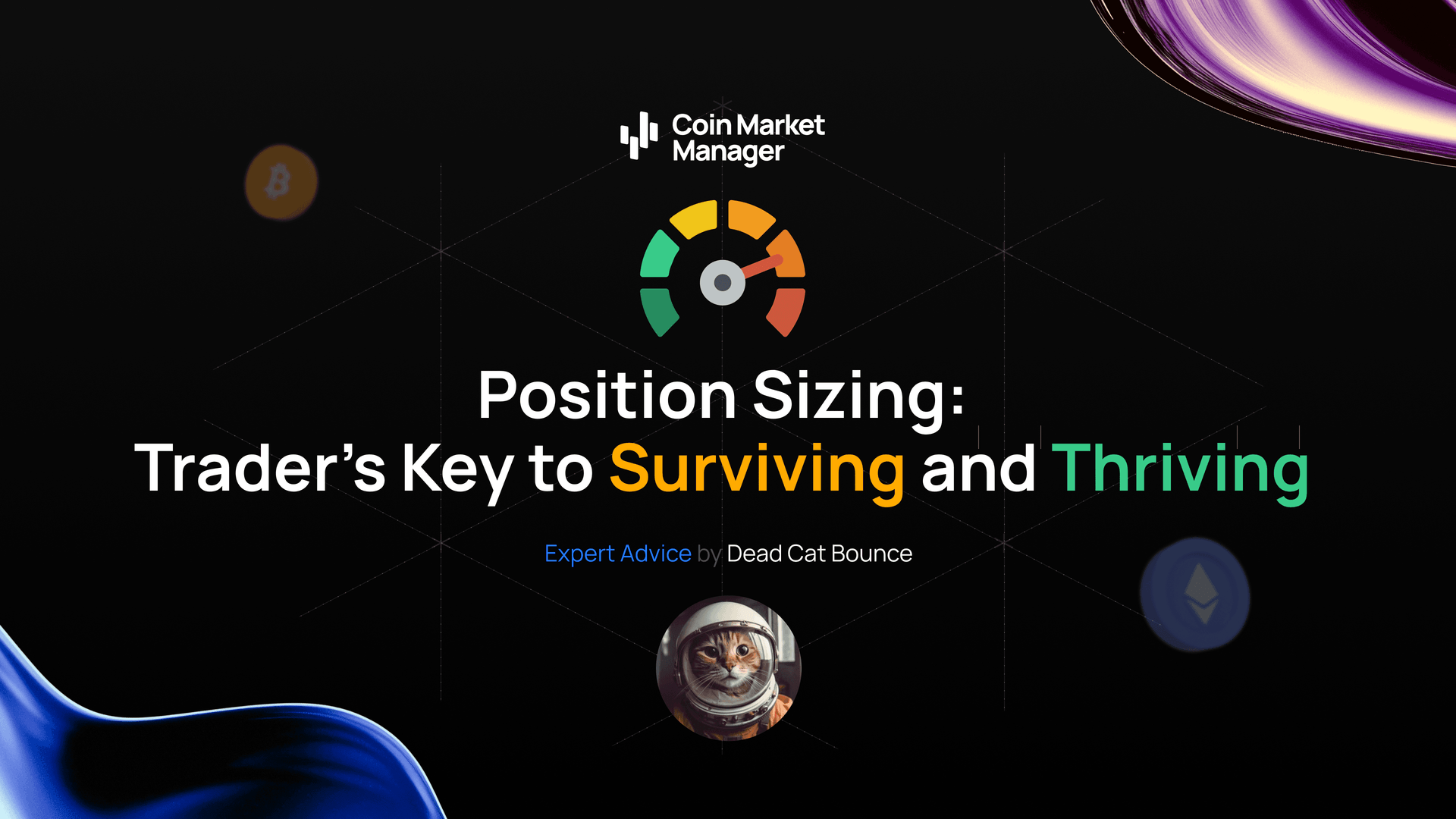
Position Sizing: Trader’s Key to Surviving and Thriving
By Dead Cat Bounce - 16-Oct-2025
Ever blown up your account on a “sure thing” or watched a week’s worth of small wins get erased by one oversized bet? We’ve all done it - gone too heavy on conviction, only to close hours later with that familiar regret.
Position sizing is the unsung hero of trading. It’s what keeps your account alive long enough for your edge to play out. In my opinion, it’s more important than any technical analysis skill you’ll ever learn.
What Is Position Sizing, and Why Does It Matter?
Position sizing means deciding how much of your account to risk on a single trade — usually a set percentage of your capital, adjusted for your stop-loss and risk tolerance. It’s not about nailing the perfect entry; it’s about making sure one bad trade doesn’t end your career.
For most retail traders working with $1k–$50k accounts, sizing is your lifeline. It’s what helps you ride out inevitable losing streaks, black-swan events, and volatile conditions, while letting your winners compound when the market turns in your favour.
Risking 1% per trade means a 10-loss streak only costs you 10%. Risking 10% per trade? You’ve halved your capital after just five losses. Even the best traders take strings of Ls — your job is to make sure you survive them.
Defined Position Sizing vs Gut Feeling
Rule number one: manage risk, not profits.
Sizing by “gut feel”, throwing $1,000 at something because it feels right, is a retail trap. Trading is a numbers game. Your goal is to maximise how many quality attempts you can take before the market inevitably humbles you.
Having a defined position-sizing plan means you always know your worst-case scenario. Trading by instinct means that scenario isn’t even in the same room as you.
Once your strategy has an edge, the long-term outcome takes care of itself. You won’t win every trade — but over hundreds or thousands of trades, consistency in sizing is what keeps you in the green.
How I Approach Position Sizing
1. Stop-loss driven sizing:
I base my position size on my stop distance — keeping risk per trade consistent, regardless of setup size.
2. Risk-reward weighting:
A 2R setup doesn’t deserve the same size as a 20R setup. My sizing adapts to the potential payoff and probability.
3. Market conditions:
In choppy, uncertain markets I scale down. When momentum’s clear, like when we’re trending above ATHs, I let my sizing breathe.
(CMM’s journaling tools make this easy to track: your average risk per trade, consistency, and streaks are all visible at a glance.)
Conclusion
Position sizing is the backbone of every successful trader. Forget perfect entries. Survival and longevity come first.
Trading isn’t about hitting home runs every time. It’s about staying in the game long enough to let your edge shine.
Dial in your sizing, protect your capital, and your account will thank you years from now.
